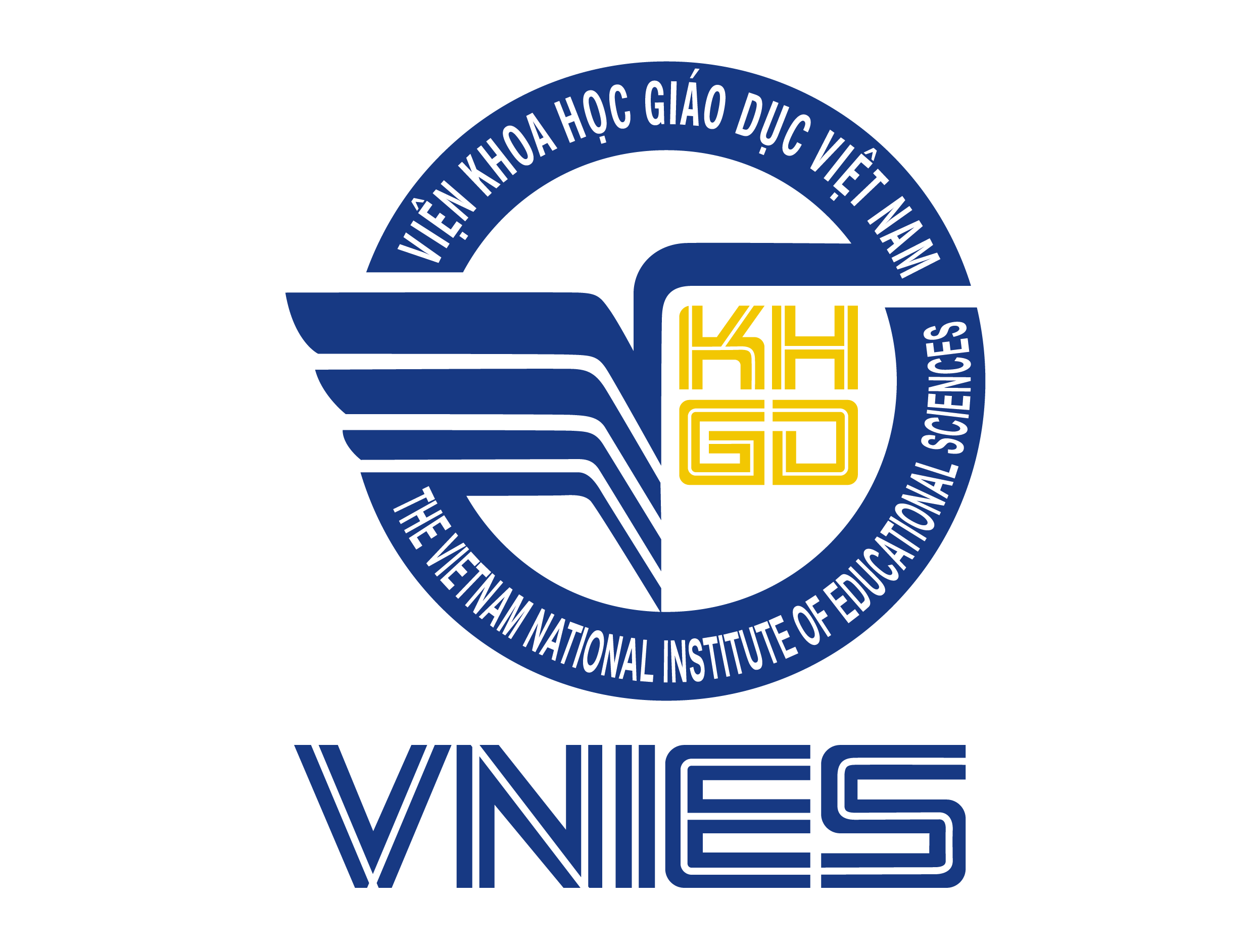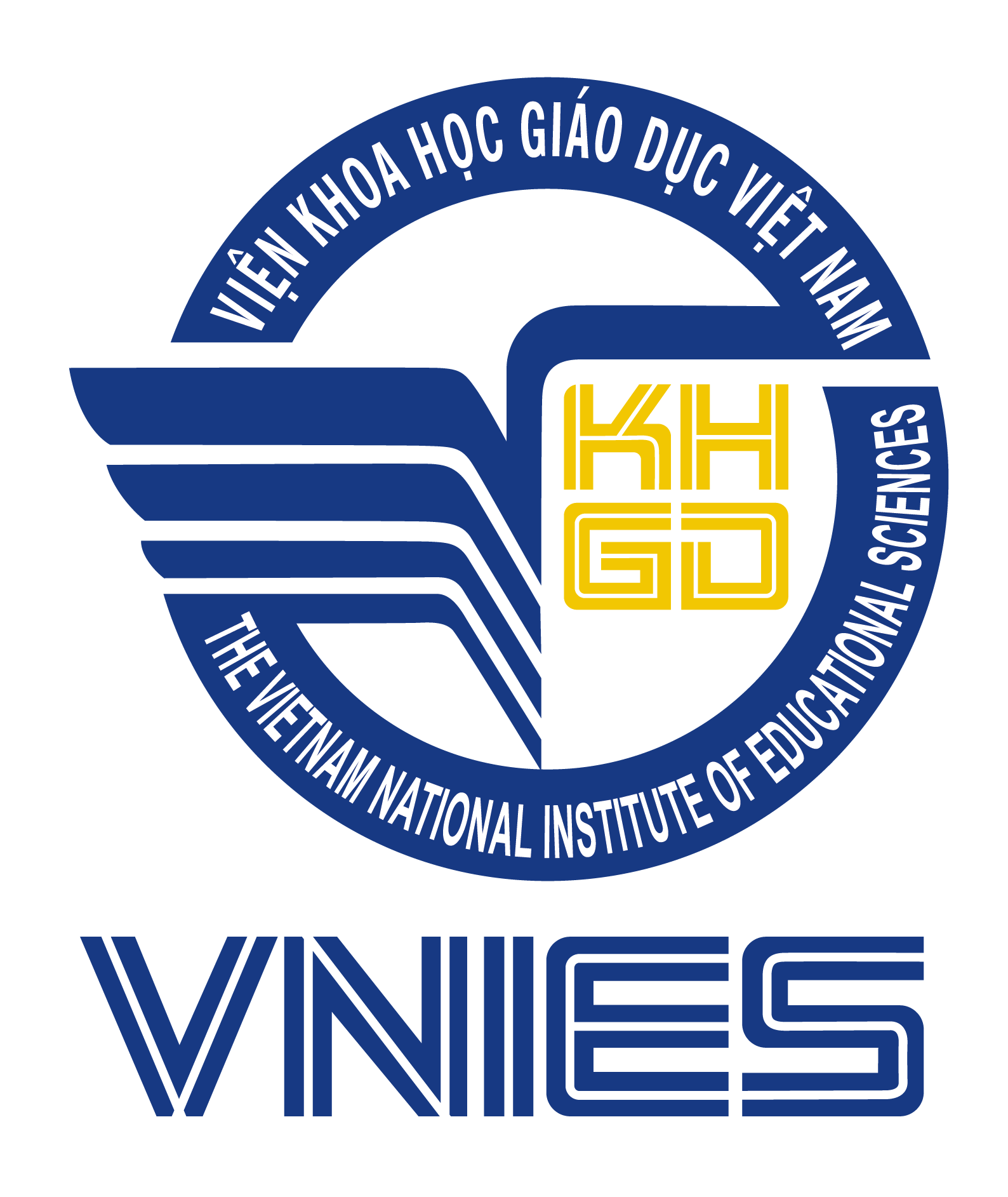[1] Emily L.Lai, (2011), Metacognition: A literrature review, Reseach report, Peason.
[2] T. Owen Jacobs - Zita M. Simutis, (1994), Đào tạo kĩ năng siêu nhận thức để giải quyết vấn đề, NXB Viện Nghiên cứu Quân đội Hoa Kì về Khoa học Hành vi và Xã hội.
[3] G. Polya, (1997), Giải một bài toán như thế nào?, NXB Giáo dục
[4] Bộ Giáo dục và Đào tạo, (2017), Chương trình Giáo dục phổ thông - Chương trình tổng thể.
[5] Nguyễn Bá Kim, (2009), Phương pháp dạy học môn Toán, NXB Đại học Sư phạm Hà Nội.
[6] Ủy ban Khoa học về Hành vi xã hội và Giáo dục, (2007), Phương pháp học tập tối ưu: Trí tuệ, tư duy, kinh nghiệm và nhà trường, NXB Tổng hợp TP. Hồ Chí Minh
[7] Brown A, (1987), Metacognition, excutive control, self - regulation and other more mysterious machanisms, in F. E Weinert.
[8] Douglas J. Hacker & John Dunlosky, (2009), Handbook of metacognition in education, Routlegde, NewYork.
[9] Gama C, (2004), Intergrating metacognition instruction in Interactive learning environments, submitted for the degree of D.phil university of Sussex.
[10] Schoenfeld, A, (1992), Learning to think mathematically: Problem solving, metacognition, and sense-making in mathematics, In D. Grouws (Ed.), Handbook for research on mathematics teaching and learning (pp. 334 - 370), New York: MacMillan.


